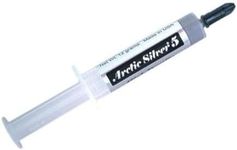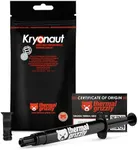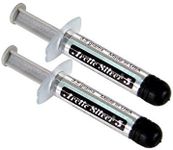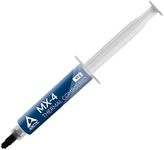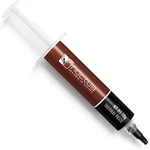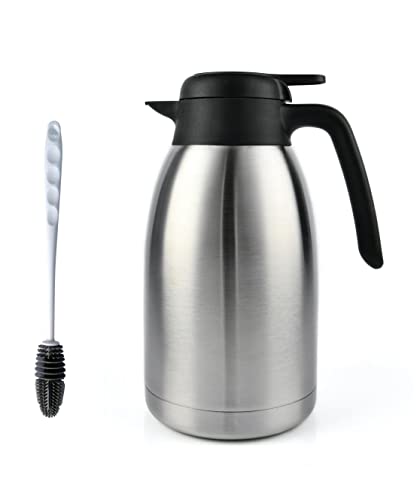Buying Guide for the Best Thermal Pastes
Choosing the right thermal paste is an important step when assembling or maintaining a computer, especially if you want to ensure good cooling and long-term reliability of your CPU or GPU. Thermal paste fills microscopic gaps between the processor and heatsink, allowing heat to transfer efficiently and preventing overheating. While most thermal pastes look similar, differences in their make-up and performance can impact your system’s temperature and stability. To choose the best one for you, focus on a few key specifications and always consider how you’ll be using your PC — whether it’s for basic office work, gaming, content creation, or heavy overclocking.Thermal ConductivityThermal conductivity indicates how effectively the paste can transfer heat from the processor to the heatsink and is usually measured in W/mK (watts per meter-kelvin). High thermal conductivity pastes are better at moving heat away from hot components, which is crucial for demanding tasks or overclocking. Typical thermal pastes range from about 3 W/mK to over 12 W/mK. For everyday users or office computers, lower thermal conductivity (below 5 W/mK) is usually sufficient, while gamers or those who overclock should look for something in the mid to high range (5-12 W/mK or higher). Think about how hard your system will be working—if it’s just light use, you don’t need the highest conductivity.
Material TypeThermal pastes generally come in three types: metal-based, ceramic-based, and silicone-based. Metal-based pastes tend to offer the best performance but may be electrically conductive, which means they need careful application to avoid short-circuits. Ceramic and silicone-based pastes are easier and safer for beginners as they are not conductive, though they might have slightly lower performance. If you’re assembling your PC for the first time or want to minimize risk, go for ceramic or silicone types. If you’re an experienced user seeking the best cooling, a metal-based paste may be better.
Longevity/DurabilitySome thermal pastes are designed to last longer without drying out or losing effectiveness, which is referred to as longevity or durability. This is important because dried-out paste loses its thermal properties and can lead to overheating. Pastes advertised as 'long-life' or 'extended durability' typically last several years, which is great for users who want to set and forget. If you plan to upgrade or change parts often, longevity may be less critical, but for anyone seeking reliability over several years, aim for a paste known for its durability.
Ease of ApplicationThermal pastes come in varying consistencies, from thick and pasty to very runny. Some are easier to spread or apply without mess — a valuable trait for beginners. Pastes that are too thick can be hard to apply evenly, while very runny types might leak out. Many brands provide applicators or stencils to help. If you’re new to building PCs or prefer a hassle-free experience, consider a paste noted for smooth and easy application.
Electrical ConductivitySome high-performance pastes, especially those with metal components, can conduct electricity. This means, if the paste spills onto the circuit board, it could cause a short-circuit. If you aren’t confident in applying paste carefully, or if you’re working in tight spaces, a non-conductive paste is safer — it won’t risk damaging your hardware even if a bit spills.
Curing TimeCuring time is how long the paste takes to reach optimal thermal performance after application. Some pastes perform best immediately, while others require several hours or days of use to 'cure.' For most general uses, instant or short curing times are more convenient, especially if you want reliable performance right away. If you’re willing to wait for peak performance, a longer curing time isn’t a problem.


